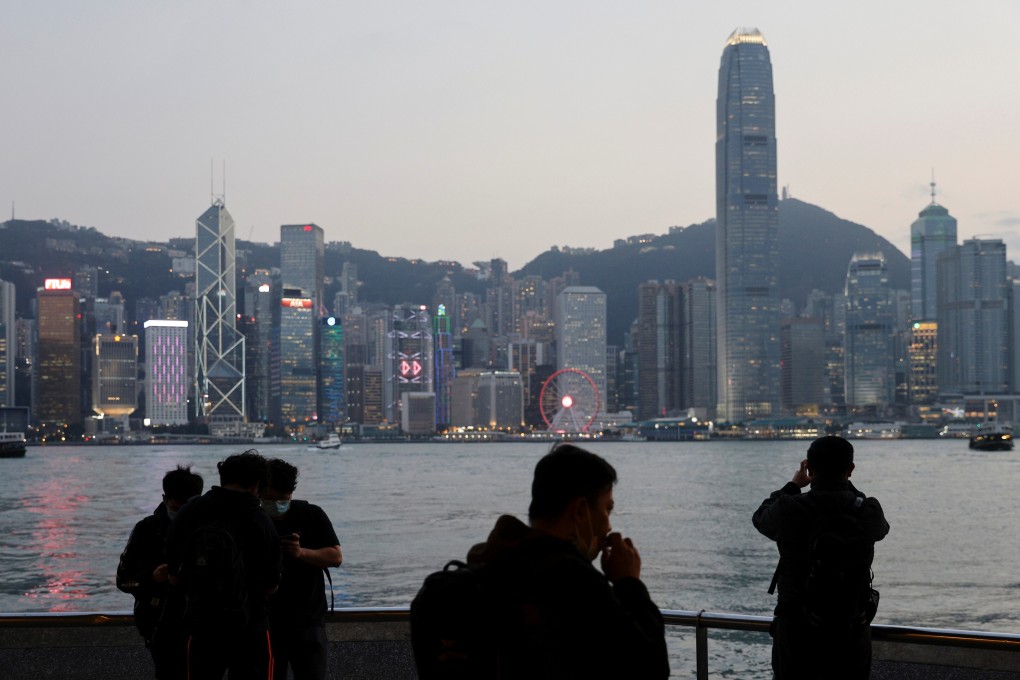Concrete Analysis | Asia-Pacific commercial real estate remains a good diversification bet. Here’s why
- Investors in real estate can diversify further, taking advantage of geographic nuances by property type and macroeconomic considerations such as country-specific growth, inflation, interest rates and regulatory policies
- Three sectors stand out in the Covid-19 environment for their resilience – industrial, data centres and cellular towers.

As the health and economic impact of the coronavirus continues to challenge global markets, it is clear that commercial real estate is still being affected as much as, or perhaps more than, any other asset class. The effects have been far from uniform, however, resulting in widely divergent performance across real estate subsectors globally.
Tourism and international or regional travel have been an important economic driver in Asia, and Covid-19 has taken a heavy toll. In light of lodgings’ pronounced struggles, perhaps no sector globally stands to benefit more from the positive news regarding the vaccines. While still in early days, the reported efficacy of these vaccines is likely to allow investors to look ahead to a time that more closely resembles the pre-pandemic environment. This would be very supportive of both hotel pricing in the private markets and equity prices of lodging focused REITs.
In retail real estate, the Covid-19 pandemic shone a bright light on pre-pandemic secular headwinds and accelerated difficult trends that were already well-established.
Across Asia, the situation is more nuanced than other regions as fundamentals in the region vary greatly. Still, tourist-led retail remains affected by international travel restrictions. This has been particularly hard on Hong Kong, where significant retail activity has served mainland Chinese tourists. Malls and shopping outlets located primarily in residential catchment areas in both Hong Kong and Singapore have proved more resilient, seeing footfall and sales recover to at least 80 per cent of pre-pandemic levels.
Office valuations in Asia excluding Japan have remained broadly stable despite work from home (WFH) initiatives, reflecting the prevailing view that such shifts will be mostly temporary due to smaller home sizes and the density of urban locations in the region. Although near-term leasing demand has slackened, occupancy levels remain broadly healthy at 90 per cent or better, and transactions in Hong Kong and Singapore continue to be closed at yields of 3 per cent or lower, suggesting confidence in the market’s resilience.

01:58
40 years of opening up and reform: How property became a driving force in the economy
Residential demand in much of Asia excluding Japan has remained stable to firm, benefiting from sustained local demand amid substantially lower borrowing costs. This is particularly evident in Hong Kong, where a chronic housing shortage and relaxed mortgage requirements have spurred exceptional demand for lower-priced, smaller apartment offerings in particular.
